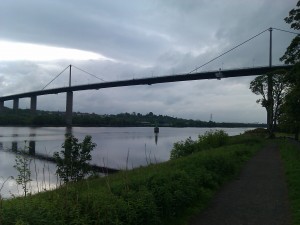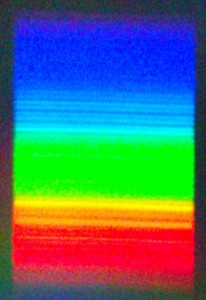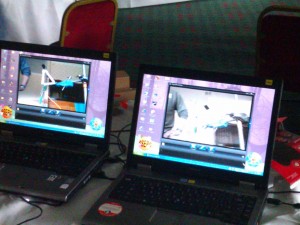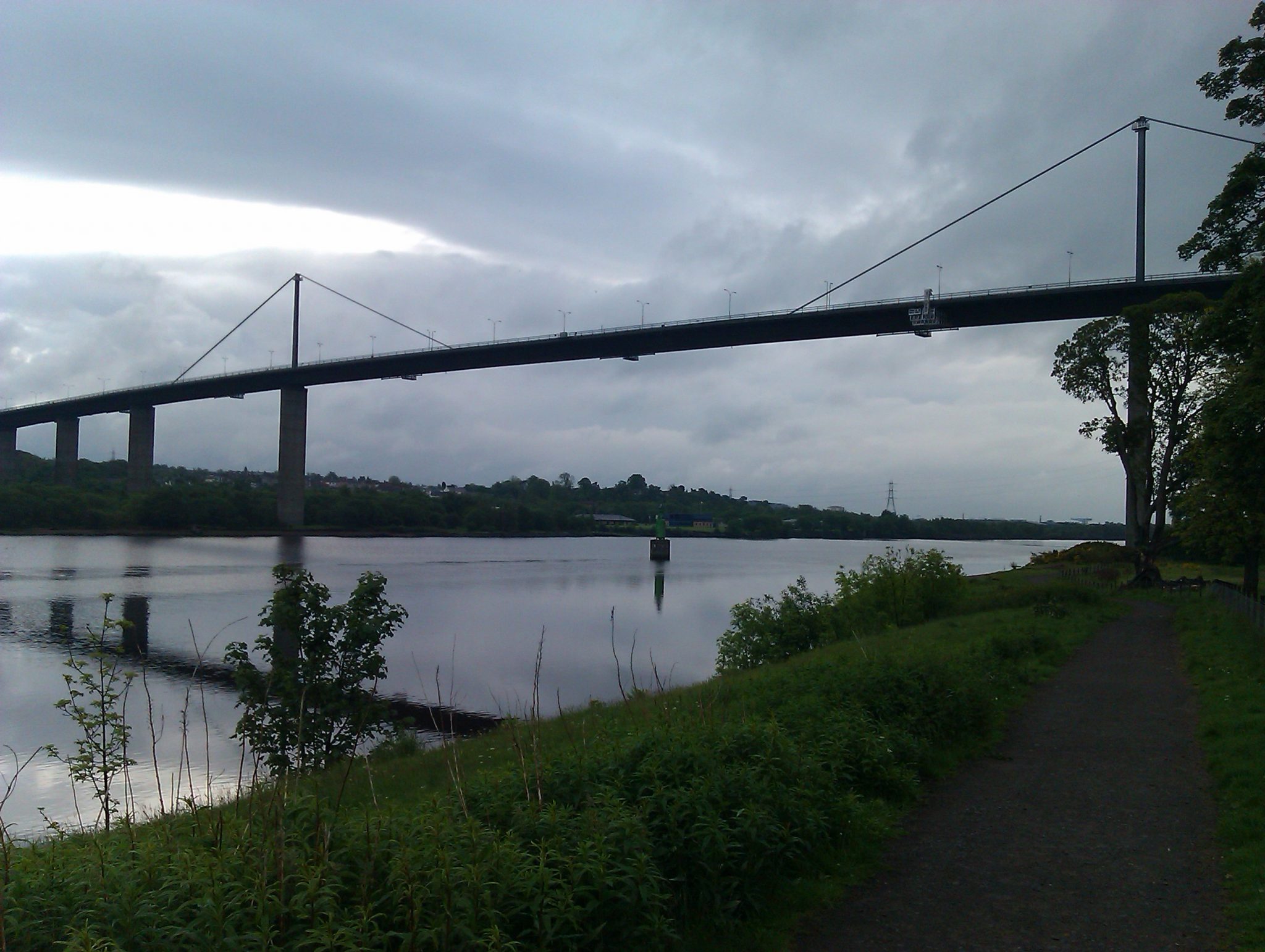 For the last few days I've been fortunate to have been in Erskine, attending the SSERC/Institute of Physics Physics Summer School - a residential CPD event for physics teachers from all over Scotland.
For the last few days I've been fortunate to have been in Erskine, attending the SSERC/Institute of Physics Physics Summer School - a residential CPD event for physics teachers from all over Scotland.
We started on Wednesday evening with an icebreaker session after registration and dinner. Armed with a small video camera we conducted 30 second interviews on each other at the behest of Bob Kibble.
Thursday morning began with a session from Miles Padgett from the University of Glasgow on 'Creativity in Science'. Using Edward De Bono's 'Thinking Hats' as the basis for individual thinking and group discussion approaches to planning and problem solving, my group was charged with the task of 're-inventing' the game of chess. Given a constraint of having chess pieces on both sides being in one colour only, we used the techniques to formulate the idea of a 'smart' chess set with pieces able to assist players in a variety if ways. The functionality of such a chess set would, we concluded, be of benefit to players using two coloured sets, potentially helping players to learn to play chess better, leading them to improve their game. Just like roof tiles for one-armed roof-tilers.*
The next session, lead by Gregor Steele, was on using Wii controllers for motion analysis, using free software and the bluetooth connectivity of most PCs in conjunction with the three-axis accelerometers and IR camera position sensing capabilities of the Wiimote. The system proved relatively simple to set up and run and worked well for logging acceleration and displacement for simple harmonic motion and central force and rotational period for circular motion.
 Next there was a short Blue Peter style make your own spectroscope activity, using an old CD and plastic box, from MUTR Mindsets. Armed with our spectroscopes, we popped outside to see if we could spot the Fraunhofer absorption lines in the spectrum obtained from sunlight. There were definitely some dark lines present, but after repeated observation, using a number of spectroscopes and some discussions over their nature, we concluded that we were most likely seeing the tracks on the CD itself.
Next there was a short Blue Peter style make your own spectroscope activity, using an old CD and plastic box, from MUTR Mindsets. Armed with our spectroscopes, we popped outside to see if we could spot the Fraunhofer absorption lines in the spectrum obtained from sunlight. There were definitely some dark lines present, but after repeated observation, using a number of spectroscopes and some discussions over their nature, we concluded that we were most likely seeing the tracks on the CD itself.
The image on the left is of the spectrum obtained taken using my camera phone. Despite the poor quality of the image, the dark lines shown seem a little too regularly spaced to be Fraunhofer lines.
 After this, we went on to have a look at a variety of activities using web cams to detect near infra red radiation. Having successfully butchered a brand new web cam by removing the IR filter, we set about looking at a variety of objects emitting near infrared, but no visible light. The two PCs in the image on the right are showing a heating element in the visible range (left) and in the IR range (right). The element was not glowing at all in the visible, but gave a bright IR signature.
After this, we went on to have a look at a variety of activities using web cams to detect near infra red radiation. Having successfully butchered a brand new web cam by removing the IR filter, we set about looking at a variety of objects emitting near infrared, but no visible light. The two PCs in the image on the right are showing a heating element in the visible range (left) and in the IR range (right). The element was not glowing at all in the visible, but gave a bright IR signature.
After dinner we were whisked off to Glasgow City centre for a 'Science Walk', starting in George Square. Carol Trager - Cowan from Strathclyde University was our guide showing us, and telling the stories of, the statues of James Watt and Thomas Graham, the standards in the square and the Ramshorn Churchyard.

[...] by a session at the Physics Summer School, I decided to try a ‘creative thinking’ exercise with my new S6 Advanced Higher [...]